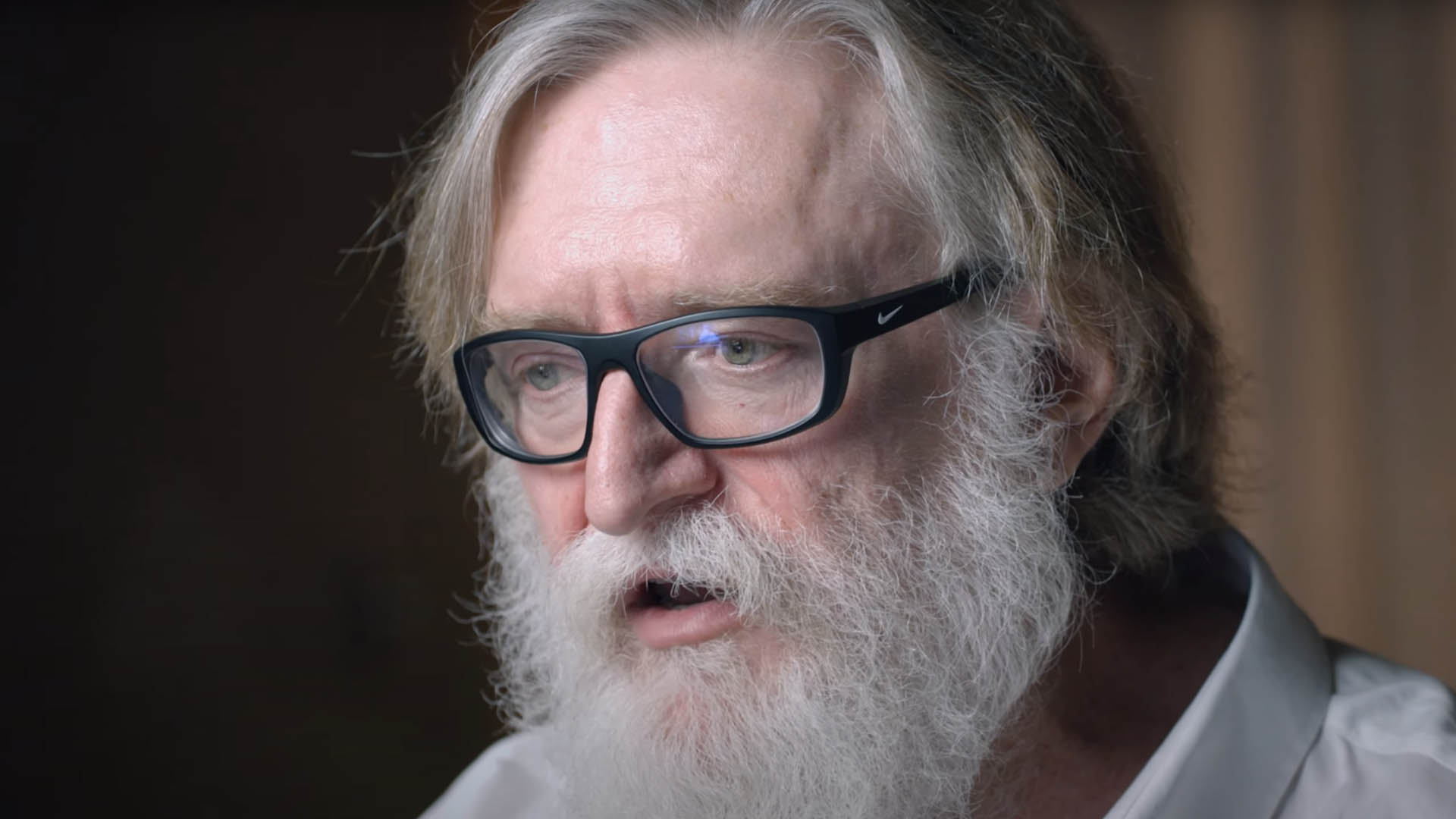
The legendary Half-Life recently saw its 25th anniversary, and to celebrate Valve released a documentary going into the beginnings of their company and their inaugural title.
The documentary goes into the earliest stories from Valve, what was supposed to be their first title, Prospero, which eventually got eclipsed entirely by Half Life, and some very interesting comments on design from the lord Gabe Newell himself.
In the documentary Gabe recalled early design discussions on what would become Half Life, where staff pushed back on things not being “realistic,” to which Gabe proclaimed he’s never found realism fun – and that he plays games to have fun.
“You’d have these conversations where you’d be sitting in a design review and somebody’d say ‘that’s not realistic.’ And you’re like, ‘okay, what does that have – like, explain to me why that’s interesting.’ Because in the real world, I have to write up lists of stuff I have to go to the grocery store to buy,” Newell said.
He added, “I have never thought to myself that realism is fun. I go play games to have fun. And so we had to come up with some notion of what fun was.”
Gabe then went into deeper thought on the elusive concept of “having fun,” and laid out how his team at Valve went about crafting an experience that went on to make Half-Life an instant classic, and one of the best games ever made.
“We knew it was an ad hoc definition, and it was the degrees to which the game recognizes and responded to the players’ choices and actions, right?,” Newell said. “In behavioral science, you would say ‘we were explicitly talking about what were reinforces and what the reinforcement schedules were.’ Right? At that point in time, that was a useful way of making design decisions.”
While other developers like Naughty Dog’s Neil Druckmann avoid even mentioning the word “fun” when making games, Newell and his team framed all of their game theory and mechanics around making players feel like they were having fun and having an influence in game.
“The point I would make is, if I go up to a wall and shoot it, to me, it feels like the wall is ignoring me. I’m getting a narcissistic injury when the world is ignoring me,” Newell said. “To me, I was trying to convey to the user a sense of yes, you were making choices. Yes, you were progressing, which means the game had to ackowledge that back view.”
In closing, Newell explained in specific examples how their designers made Half-Life constantly give the player a sense of impact and fun in the game world.
“If you shoot at a wall, there have to be decals. If you kill a bunch of marines, the marines have to run away from you. Right?,” Newell said. “You have to have this sense of the game acknowledging and responding to the choices and actions and progressions that you’ve made. Otherwise it loses any sort of impact.”
Here’s the full documentary, it’s definitely worth a watch: